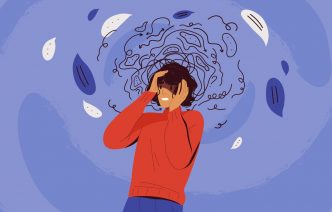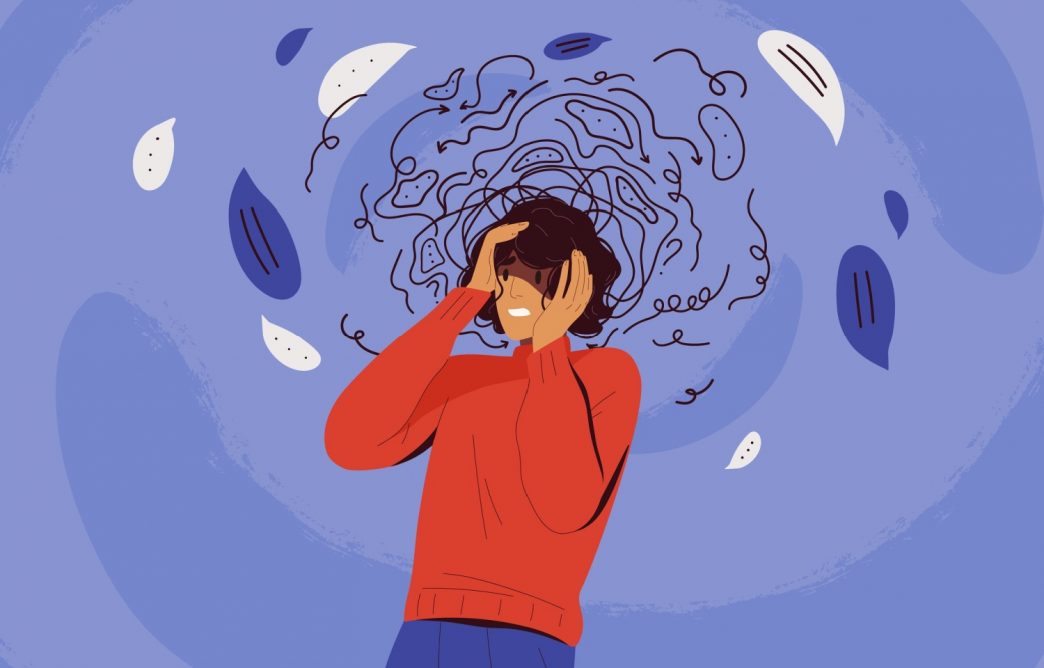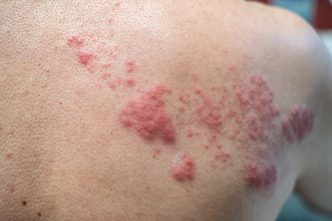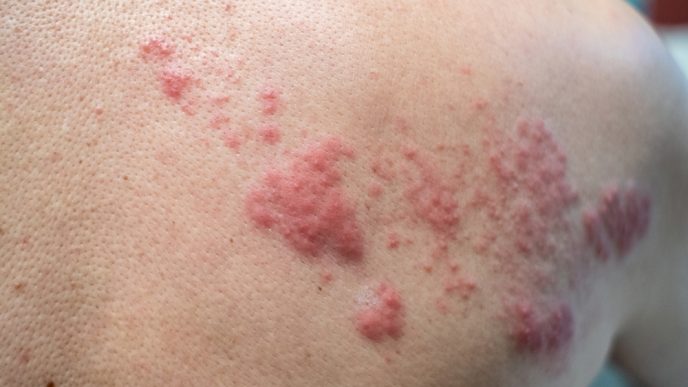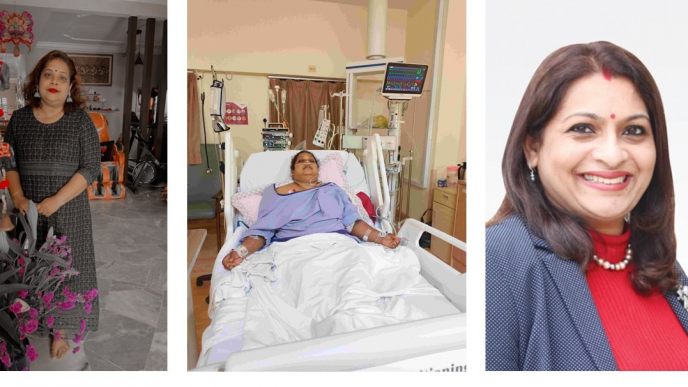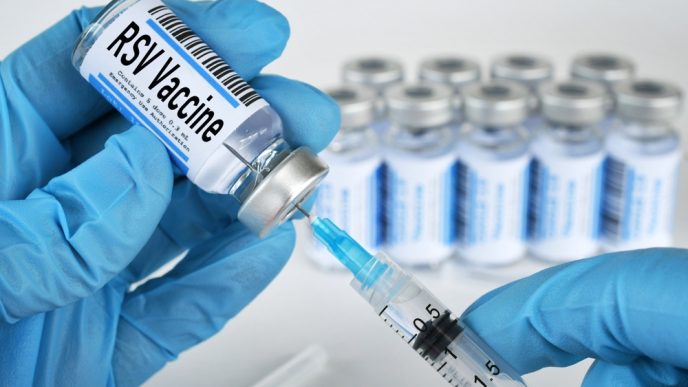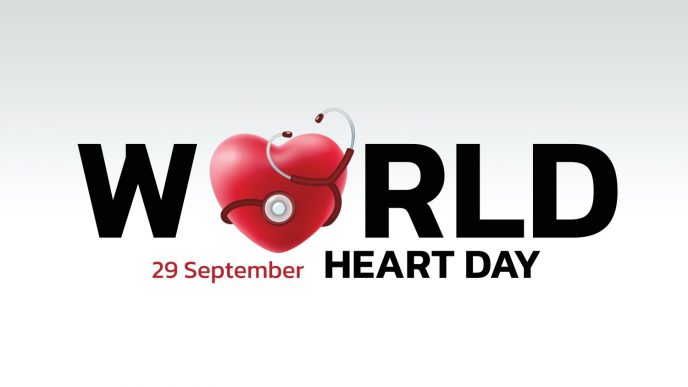WORDS LIM TECK CHOON
 FEATURED EXPERT FEATURED EXPERTDR HIEW FU LIONG Consultant Neurologist Sunway Medical Centre |
Migraine is often mistaken for a simple headache or even misunderstood as a mental illness. However, it is a chronic neurological disease that has no known cure.
It significantly affects a large portion of the Malaysian population. Research shows that migraines disproportionately impact women more than men, with 1 in 4 women and 1 in 12 men experiencing migraines at some point in their lives.
WHAT IS MIGRAINE?
“Migraine is not just a headache; it is frequently accompanied by other symptoms like dizziness, nausea, vomiting, fatigue, sensitivity to light (photophobia), and fear of loud sounds (phonophobia),” explains Dr Hiew Fu Liong.
He adds that migraines can also involve emotional aspects and are known as recurrent episodes of severe headaches.
MIGRAINE EPISODES TYPICALLY PROGRESS THROUGH 4 PHASES
- Prodrome. Subtle warning signs such as malaise, fatigue, and food cravings.
- Aura. Sensory disturbances like visual flashes or heightened sound sensitivity.
- Attack. Intense, unilateral head pain coupled with aversion to light and sound, lasting from 4 to 72 hours.
- Post-drome. Lingering lethargy that may persist for a few days
THERE ARE A FEW TYPES OF MIGRAINES
Dr Hiew identifies several types of migraines:
- Migraine without aura. The most common type, characterized by sudden and severe pain localized to one side of the head.
- Migraine with aura. Accompanied by blurred vision or auditory hallucinations, often serving as precursors to pain.
- Basilar migraine. Primarily involves dizziness, vomiting, and auditory hallucinations without the typical head pain.
- Ocular migraine. Involves eye pain or temporary vision loss in one eye.
- Catamenial migraine. Affects women during their menstrual period, indicating a link to hormonal fluctuations.
- Hemiplegic migraine. A severe form that not only includes intense head pain but also paralysis on one side of the body.
UNDERSTANDING THE TRIGGERS & RISK FACTORS IS ESSENTIAL TO MANAGE MIGRAINES
Triggers can include sudden weather changes, dehydration, sensitivity to strong odors, caffeine consumption, and exposure to loud noises, among others.
HOW MIGRAINE IS TREATED & MANAGED
The primary goal of migraine treatment is to manage the condition effectively. By consulting a neurologist, patients can develop personalized strategies to either prevent migraines or better manage their symptoms.
“There are two main treatment options: one to stop the pain and another to prevent the migraine attacks,” notes Dr Hiew.
Pain relief treatments include painkillers, while preventive treatments involve anti-epileptic, anti-hypertensive, and antidepressant medications.
Advanced treatments, such as calcitonin gene-related peptide (CGRP) receptor blockers, are also available, targeting the trigeminal nerve to prevent migraine attacks.

